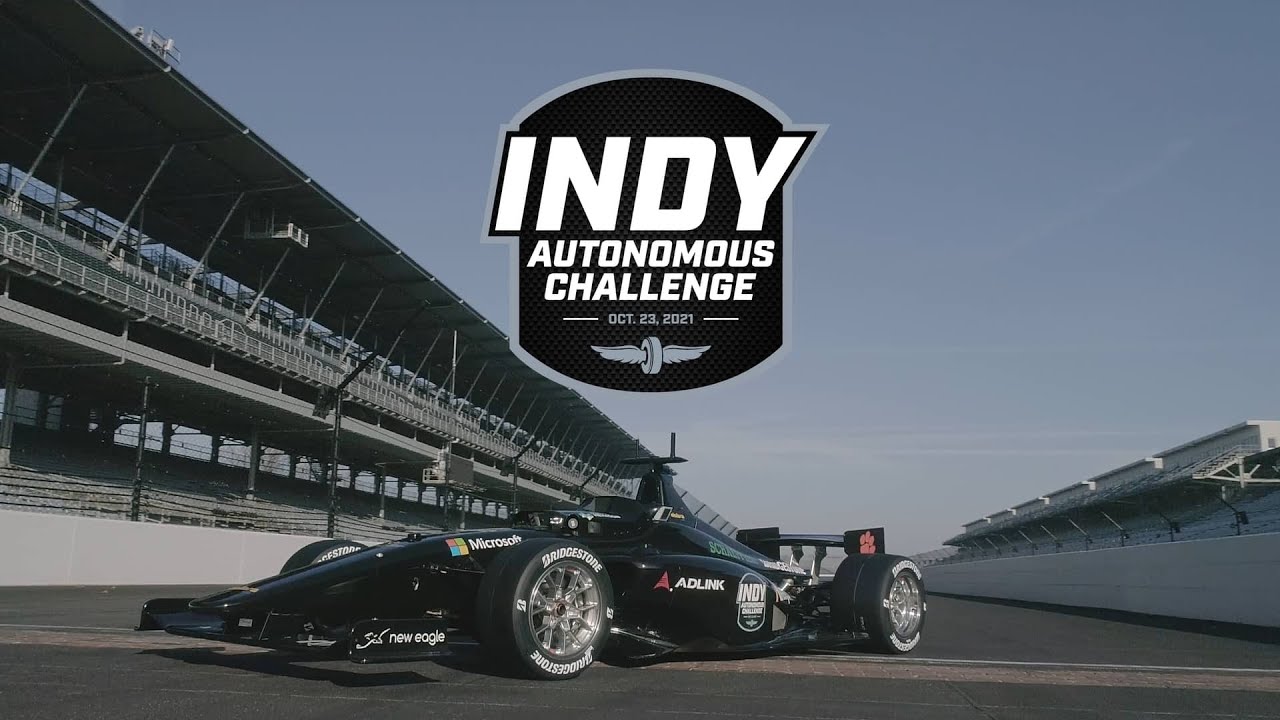One team. Three monumental races.
Autonomous Challenge @ IMS

Race day: October 23rd, 2021
Single-agent race. Dallara AV-21.
Speeds of up to 180mph.
Watch the full broadcast here.
Autonomous Challenge @ CES 2022

Race day: January 7th,2021
Multi-agent passing competition. Dallara AV-21.
Speeds of up to 180mph.
Watch the full broadcast here.
Autonomous Challenge @ CES 2023

Race date: January 7th, 2023
Upgraded AV-21.
Speeds of up to 200mph.
Find the press release here.

A joint team between Massachusetts Institute of Technology (MIT), Rochester Institute of Technology (RIT), University of Waterloo, and our very own, University of Pittsburgh (PITT) Robotics and Automation Society.



Project Overview
Indy Autonomous Challenge @ IMS
The Indy Autonomous Challenge (IAC) was a university competition to develop software for single-agent autonomous race - with the grand prize being $1.5 million. For this challenge, we had to program a modified Dallara IL-15 racecar (renamed Dallara AV-21) to navigate at high speeds (max of 180mph) and avoid static obstacles at the famed Indianapolis Motor Speedway.
Autonomous Challenge @ CES 2022
The Autonomous Challenge at CES comes on the heels of the Indy Autonomous Challenge. Moving closer to head-to-head multi-agent racing, a head-to-head passing competition was held at the Las Vegas Motor Speedway during CES 2022. This competition uses the same Dallara AV-21 from the original challenge.
Autonomous Challenge @ CES 2023
Following a huge amount of excitement generated by the race at CES 2022, IAC will be returning again at CES 2023. This race will aim to continue to push the boundaries of autonomous racing. An upgraded version of the Dallara AV-21 one will once again take to the tracks at the Las Vegas Motor Speedway.
Team Overview
The team consists of 60+ students collaborating from MIT, Pitt, RIT, and University of Waterloo. A majority are undergraduate students with a handful of graduate students. As this project is a huge undertaking, we’ve broken down the team into multiple subteams: perception, tracking, motion planning and prediction, controls, sim/infrastructure, and integration.
- Perception & Tracking: Accurate detections and estimations of other vehicles using vehicle sensors
- Motion Planning & Prediction: Planning our own car's path to avoid collisions while also predicting the expected movement of other cars
- Controls: Determining the steering and throttle commands required to drive our car from one location to another, especially at high speeds
- Simfrastructure & Infrastructure: Maintaining and developing a toolset to support code testing, development, and realistic simulations
- Integration: Transitioning our stack from simulation to real hardware while also handling general hardware debugging and integration
Outside of the technical teams, we also have many business and operations roles open across management, sponsorships, and marketing.
